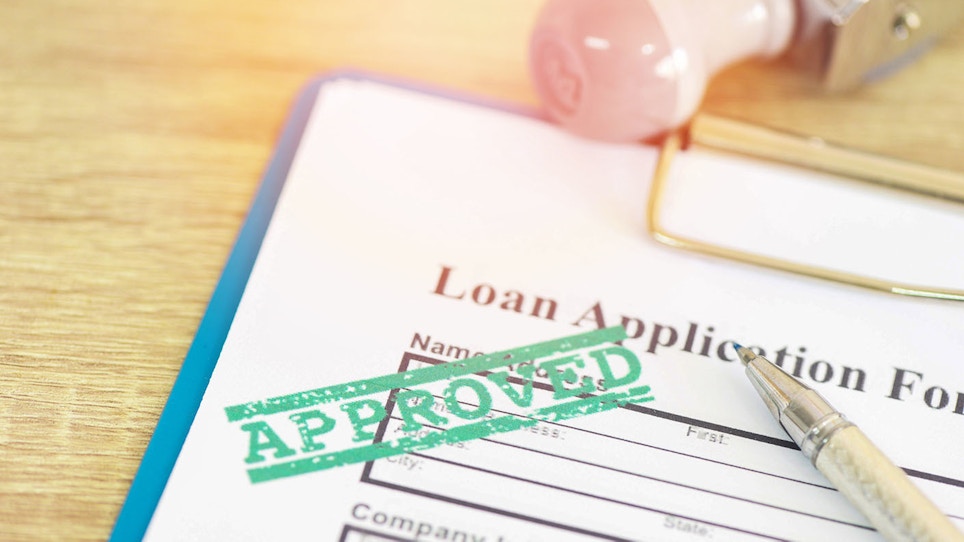Debt. It cuts two ways. There’s no question bad loans and risky lending strategies have helped create the economic troubles we face today. Or that credit is a lot tighter these days than just a few years ago (and for good reason).
It’s never been easier to be afraid of debt. But today’s lesson is: Don’t throw the baby out with the bathwater. It might sound smart to just kiss debt goodbye. But that would be almost as risky as taking on debt thoughtlessly.
Businesses have failed because their owners weren’t willing to seek the resources needed to expand when an opportunity presented itself. The key is knowing good debt from bad debt — and making sure you get one and not the other.
Two Kinds of Debt
Broadly speaking, there are two kinds of debt. One is a line of credit — a source of money you can turn to when your business bumps into cash-flow problems. This is also called revolving debt, because you borrow it, pay it back, and borrow it again. At home, this is like a credit card.
The other is amortized debt — a limited-term loan, usually for equipment or supplies or property or some other fixed asset — that you pay back over time. Your home mortgage or car loan are examples.
One big mistake is using one kind of debt when the other is what you need. Suppose you use your line of credit to buy a new truck. That would be like putting it on your credit card. Typically, the finance costs on a line of credit are higher than on amortized debt. So credit lines should be used only in short-term situations where you can pay the money back quickly. To buy that truck, amortized debt is the way to go.
Amortized Debt
New assets, thoughtfully selected and purchased, can make a big difference in the future of your business. Suppose you find there’s a need for your services in the next county, but to expand effectively you need a new service truck and related equipment.
First, do your homework. Realistically, how many customers can you gain by expanding? How much monthly income is that likely to generate? How long will it take you to get the word out and the calls coming in?
Now perhaps you’re cash-rich and can pay for that new truck without borrowing a penny. Great if you can do it, but for many businesses that’s not realistic. So does that mean all is lost? Absolutely not.
If the numbers show that your additional revenue can more than cover monthly principal and interest payments on a loan for the truck, then it’s sensible to make the move. That’s where it helps to have a good handle on your day-to-day costs, and income.
Credit Lines
On the day-to-day side, you bill customers, and you have bills to pay — to suppliers, vendors, employees. Wouldn’t it be nice if your customers paid instantly and you didn’t have to pay your bills until the end of the billing period?
Of course it doesn’t work that way. Instead, your bills are due today, and the money you’ve got coming in won’t arrive until next week, or even next month. A line of credit helps you bridge the gap. By using it, you can buy the fuel your trucks need and cover your employees’ paychecks on time. When the revenues come in, you turn around and pay down your credit line.
A credit line is like a home credit card with an important difference. A credit card is unsecured debt: It’s backed by nothing more than the card issuer’s belief that you’ll pay back what you owe. That’s one reason interest on credit cards is often much higher.
On the other hand, a credit line for your business is secured, typically by a lien on your business, some real estate, or at least your accounts receivable.
That suggests two important rules: First, don’t carry a balance on your credit line longer than you must. Try to pay it off as soon as your business income allows. The other rule follows from the first: Never borrow so much that you can’t pay off the line of credit quickly from your cash flow, once your customers do pay you. Otherwise, you could end up losing your business to repay that debt.
How Banks Figure It
While banks may base your credit line on your accounts receivable — the money your customers owe you — here’s an important caution: Older receivables, such as those 90 days old or older, don’t count. Banks will subtract those old receivables from your total, and they typically won’t lend you more than 65 to 85 percent of the rest.
They’ll also consider other factors: Do your business costs and income rise and fall depending on the season? Do you have a broad or narrow base of customers? (Broader is better.)
Finally, you need to be realistic about your ability to pay the loan down to zero on your cash flow. Especially now, it’s important to pay a credit line balance within a year.
Relationships
All these point to two related last pieces of advice: If you don’t already have a good accountant or other financial advisor on your team, get one. Choose someone you can trust to learn the ins and outs of your business, your cost structure and your cash flow. A professional accountant will be critical to helping you keep your business running smoothly.
And finally, if you don’t already have a relationship with a banker, get one. The more you become a familiar face your bank can trust when it decides to lend you money, the better off you and your business will be.
So think of debt like fertilizer: Yes, too much can burn up your crops. But with the right kind, used judiciously, your business can provide a bumper yield.






